This investigative report examines Republic Bangla, part of the Republic Media Network, its ownership structure, editorial bias, propagation of misinformation, and how it influences the political discourse in Bangladesh and the region. The Republic Media Network, founded by Arnab Goswami, has come under increasing scrutiny for its use of yellow journalism, propagation of Hindu nationalist rhetoric, and its broader geopolitical agenda. With Mayukh Ranjan Ghosh, Republic Bangla’s Senior journalist and News Editor, at the helm, the channel mirrors Republic TV’s approach of sensationalism, pro-government bias, and manipulation of facts.
Ownership and Control
Republic Media Network is primarily owned and controlled by Arnab Goswami, a veteran media figure in India. The network was initially co-funded by Rajeev Chandrasekhar, a politician and businessman associated with the Bharatiya Janata Party (BJP). Chandrasekhar’s political ties and influence set the tone for the channel’s pro-government stance, especially in India, where Republic TV and its regional counterparts, such as Republic Bangla, exhibit clear bias in their coverage.
Over the years, Goswami consolidated his stake, making him the dominant force behind the network’s editorial direction. Republic Media’s outlets, including Republic TV (English), Republic Bharat (Hindi), and Republic Bangla (Bengali), operate with a clear agenda: promoting nationalism, defending the BJP, and criticizing the opposition, both in India and Bangladesh.
Editorial Bias and Influence of Hindu Nationalism
Republic Media Network, under Goswami’s leadership, is widely recognized for promoting Hindu nationalist narratives. This political ideology, aligned with the RSS (Rashtriya Swayamsevak Sangh) and BJP, emphasizes the protection and promotion of Hindu values while often marginalizing religious minorities, particularly Muslims. The Republic Network is known for advancing Islamophobic themes, often portraying Muslims as antagonists in stories about immigration, terrorism, and communal violence.
1. Islamophobia and Communal Framing
One of the most concerning aspects of Republic Bangla’s reporting is its frequent portrayal of Muslims in a negative light, echoing the broader network’s Islamophobic tendencies. For example, Republic Bangla aired multiple stories during the Bangladesh Durga Puja attacks in 2021, which exaggerated the extent of attacks on Hindus by Muslims. Fact-checkers revealed that the violence had political motives, yet the narrative was framed as communal violence.
2. Promotion of Hindu Nationalism
Republic Bangla, like its sister channels, frequently pushes a Hindu nationalist agenda. Stories that emphasize Hindu victimhood and the need to protect the Hindu community are commonplace, with Muslims and other minorities portrayed as threats to this identity. The network promotes this through sensationalist coverage, particularly when discussing Hindu-Muslim relations. The Hindu nationalist framing appeals to the RSS and BJP base in India, as well as parts of the Bangladeshi diaspora that support the Awami League’s moderate stance on religious extremism.
Geopolitical Agendas and Regional Influence
Republic Bangla operates not just as a media entity but also as a tool of geopolitical influence in South Asia. Its editorial choices often align with India’s foreign policy interests, particularly in maintaining a stable, pro-India government in Bangladesh. Under Sheikh Hasina’s Awami League, Bangladesh has remained a strategic ally to India, particularly in countering Islamist extremism and reducing Chinese influence in the region.
1. Pro-Sheikh Hasina Reporting
Republic Bangla’s coverage frequently supports Sheikh Hasina’s government, portraying it as a bulwark against Islamist extremism. In contrast, the Bangladesh Nationalist Party (BNP) and its allies, such as Jamaat-e-Islami, are often framed as agents of instability. This rhetoric aligns with India’s geopolitical interests, which benefit from maintaining a government in Bangladesh that supports Indian policies and minimizes the influence of Pakistan and China.
2. Portrayal of Opposition as Extremists
Republic Bangla’s portrayal of the BNP and other opposition groups as linked to extremism plays into the hands of both the Awami League and India’s regional strategy. By framing opposition protests as violent or connected to terrorism, the network supports the narrative that Bangladesh’s stability is contingent on Awami League rule, while undermining the democratic legitimacy of opposition movements. This tactic helps create a pro-Awami League bias in Bangladesh’s domestic media landscape, which mirrors Republic TV’s similar strategies in India.
Case Studies: Misinformation and Propaganda
Republic Bangla has been accused multiple times of spreading misinformation and engaging in yellow journalism. Below are examples of fake news and propaganda that fact-checkers and independent analysts have flagged in recent years.
1. False Reporting on Communal Violence
In late 2023, Republic Bangla aired stories about alleged attacks on Hindu homes in Bangladesh, portraying them as part of widespread communal violence targeting Hindus. However, investigations by independent fact-checkers revealed that the incidents were politically motivated and involved clashes between political parties. Republic Bangla exaggerated the religious angle to fuel communal tensions, fitting into its larger pattern of sensationalism.
2. Misinformation on Attacks on Hindu Temples
In early 2024, Republic Bangla claimed that Hindu temples in Bangladesh were being systematically attacked by Islamist mobs. The channel showed footage of damaged structures and burning buildings, which was later proven to be from unrelated incidents, some of which involved political offices, not temples. Fact-checkers debunked these reports, yet they had already contributed to increased communal tensions.
3. Fake News on Cricket Player Liton Das
A viral post promoted by Republic Bangla claimed that the house of Bangladeshi cricketer Liton Das, a Hindu, had been set on fire during protests in Bangladesh. Fact-checkers debunked this claim, showing that the house in the video did not belong to Das, and that the incident was unrelated to religious violence.
Data and Graphs: The Extent of Misinformation
The following analysis offers a data-driven perspective on the extent of misinformation and bias in Republic Bangla’s reporting from 2023 to 2024.
1. Types of Misinformation Spread by Republic Bangla (2023-2024)
| Type of Misinformation | Percentage of Reports |
| Communal Violence (Hindus vs. Muslims) | 40% |
| Political Propaganda (Pro-Government) | 30% |
| Anti-Opposition Smearing | 20% |
| Other Misinformation | 10% |
This data, sourced from independent fact-checkers, shows that communal violence and pro-government propaganda make up the majority of misinformation spread by Republic Bangla.
2. Monthly Fact-Checked Reports by Republic Bangla (2023-2024)
This graph shows a significant increase in fact-checked reports from Republic Bangla, particularly around political events such as Bangladesh’s general elections.
Republic Bangla and the Broader Media Landscape
Republic Bangla’s coverage, shaped by the influence of Republic Media Network’s ownership, reflects a dangerous combination of Hindu nationalism, Islamophobia, and geopolitical propaganda. Its sensationalist approach to journalism and willingness to spread misinformation contribute to polarizing public discourse, both in Bangladesh and the broader South Asian region.
The network’s consistent bias toward pro-government narratives and portrayal of the opposition as extremists indicate a deliberate strategy to shape political opinion in favor of both the BJP in India and the Awami League in Bangladesh. Republic Bangla, under Mayukh Ranjan Ghosh’s editorial direction, plays a pivotal role in promoting these agendas, often at the expense of truth and journalistic integrity.
Recommendations for Media Accountability
- Fact-Checking Mechanisms: Independent fact-checking bodies should actively monitor Republic Bangla’s coverage, especially during political crises and communal incidents, to counteract the spread of misinformation.
- Transparent Editorial Policies: Republic Media Network should adopt transparent editorial guidelines and disclose its ownership structure to reduce bias in its reporting.
- Media Literacy Initiatives: Public education on media literacy should be promoted, particularly in Bangladesh and India, to help audiences critically assess the information they consume.
References
- Business Standard, “Arnab Goswami’s Republic Media and Its Bias”.
- Anadolu Agency, “Misinformation in South Asian Media”.
- DW Fact Check, “False Claims on Communal Violence in Bangladesh”.


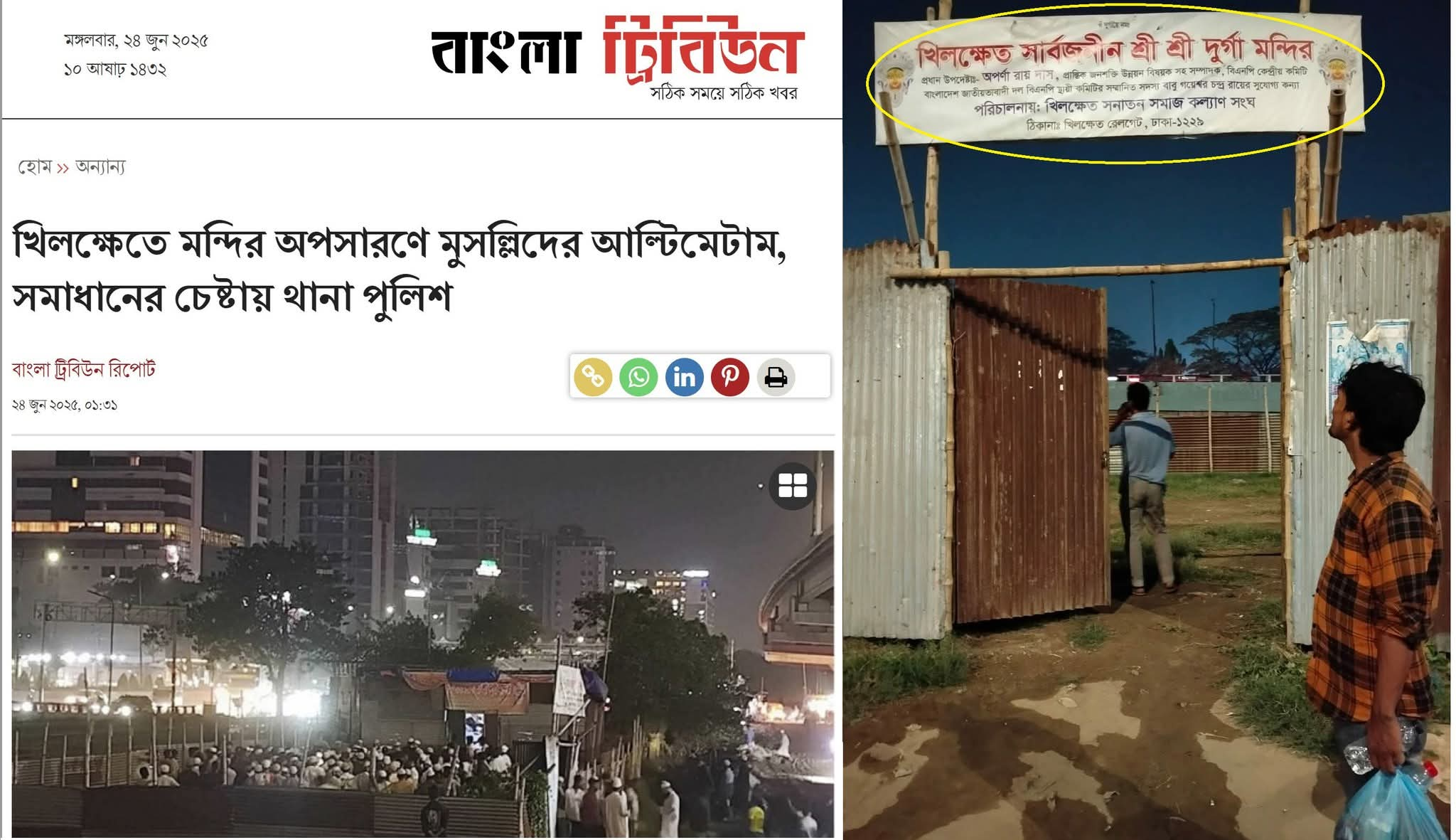
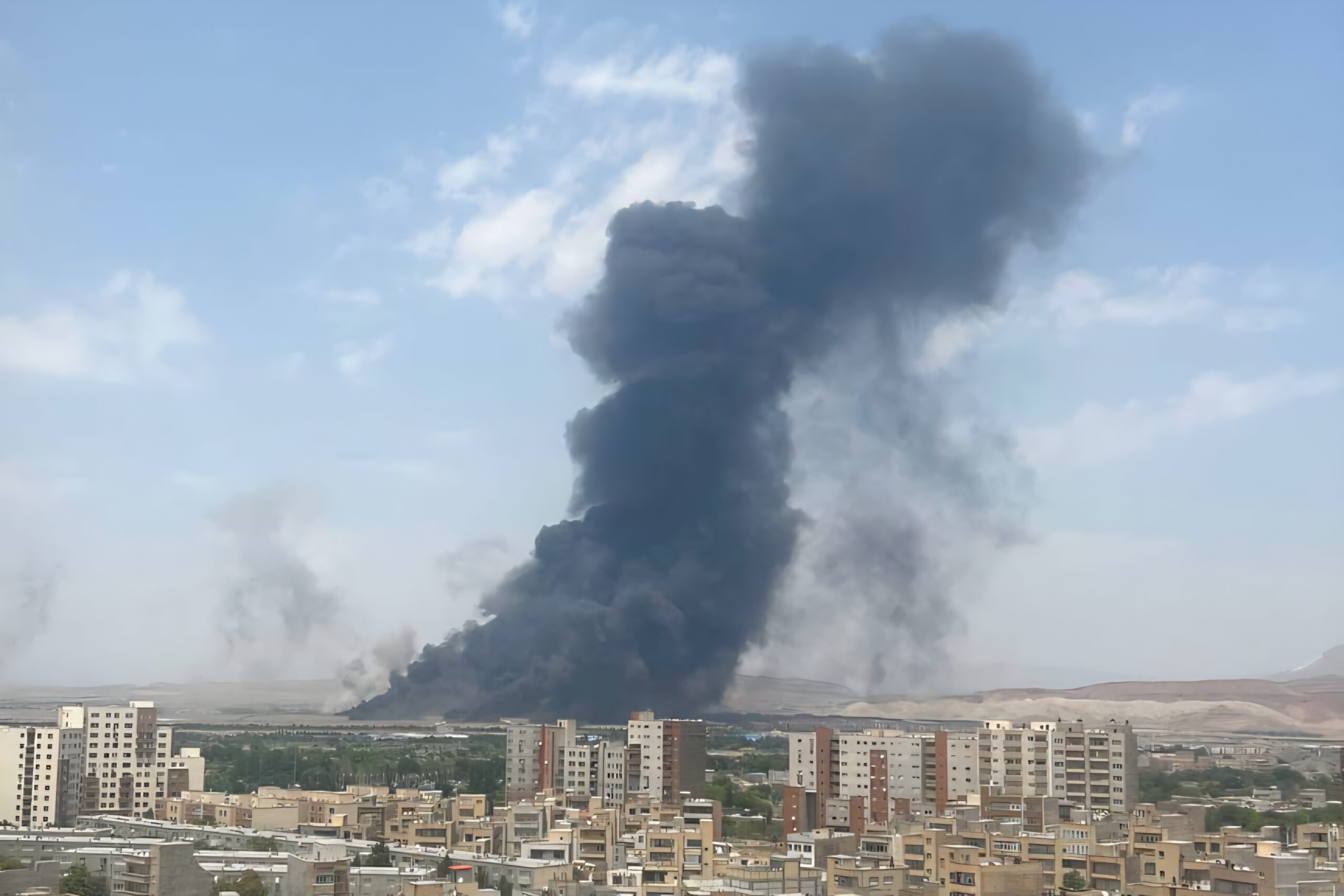
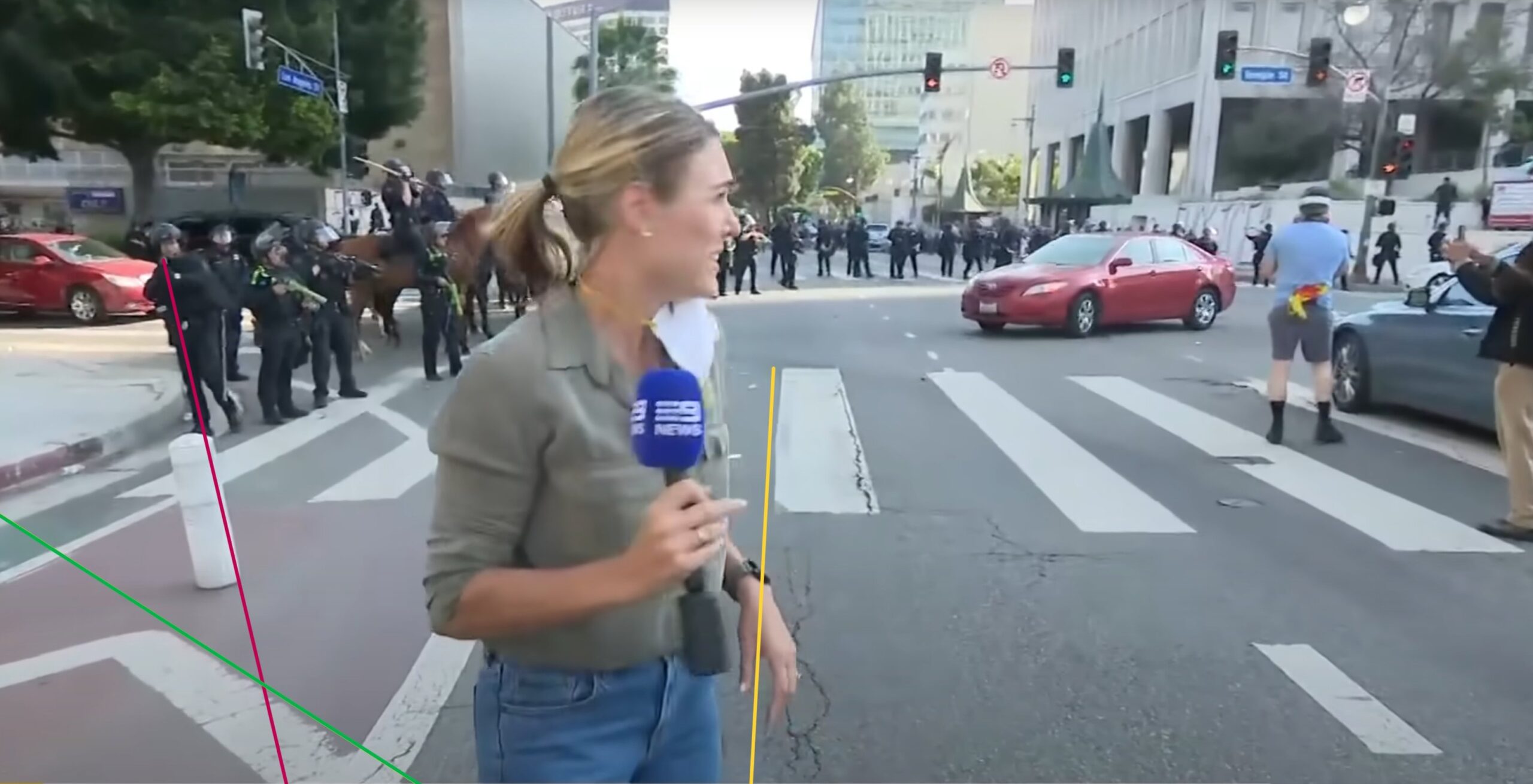
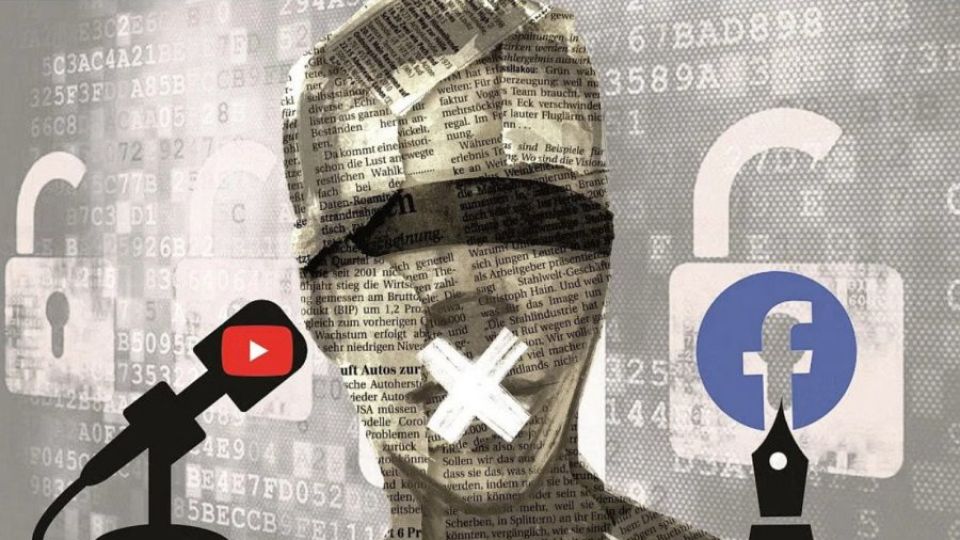
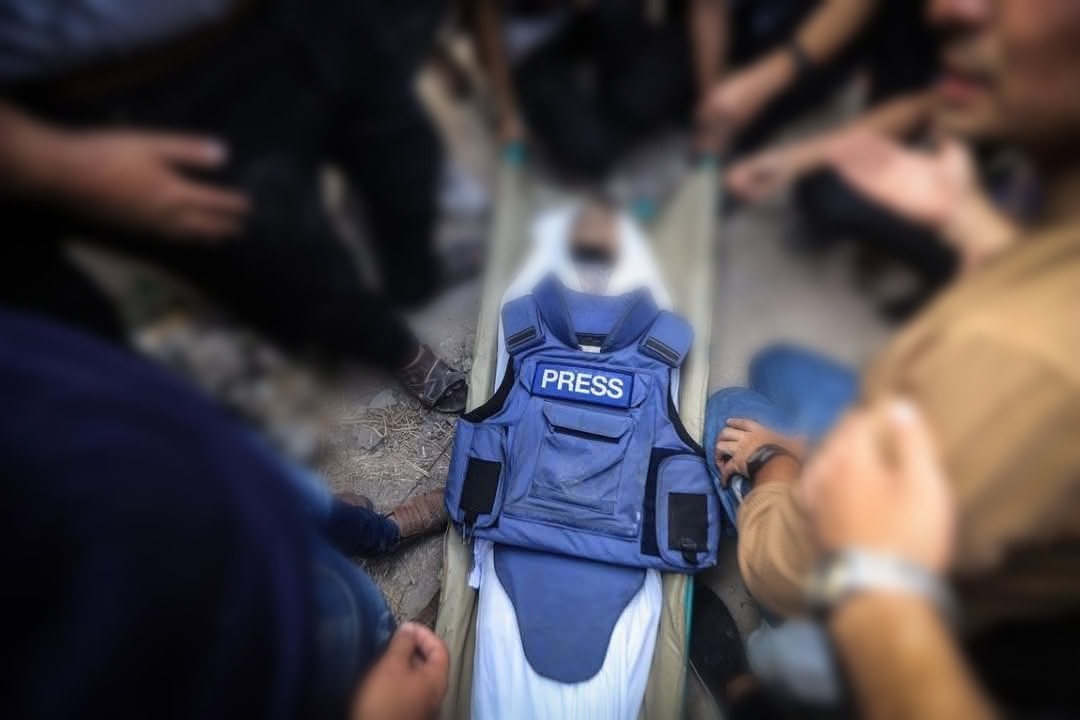
Leave a Reply